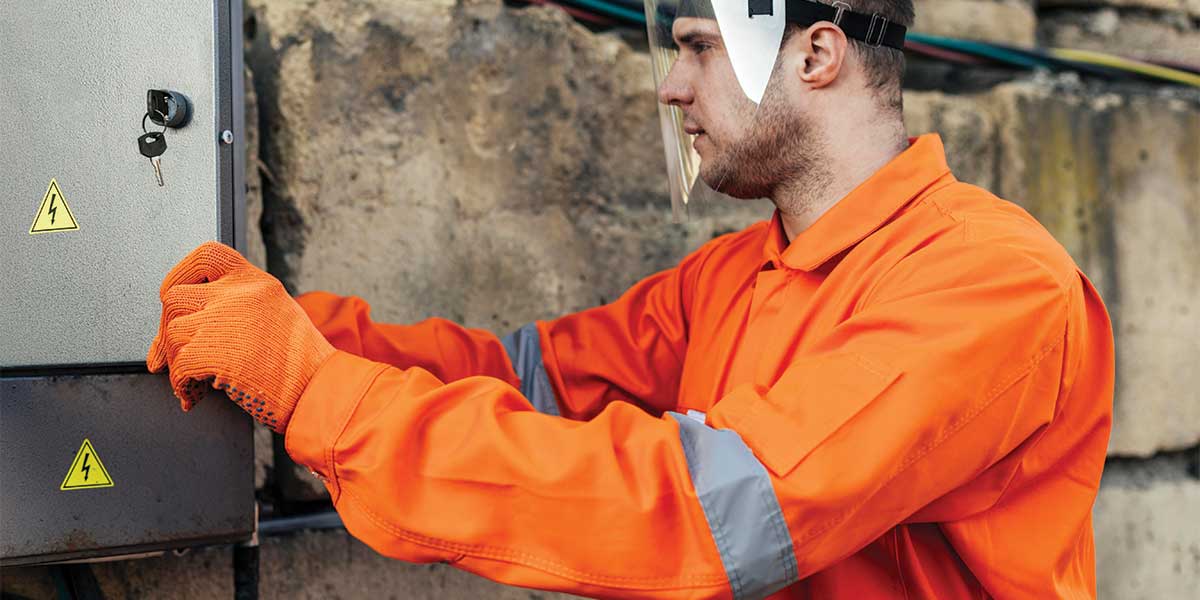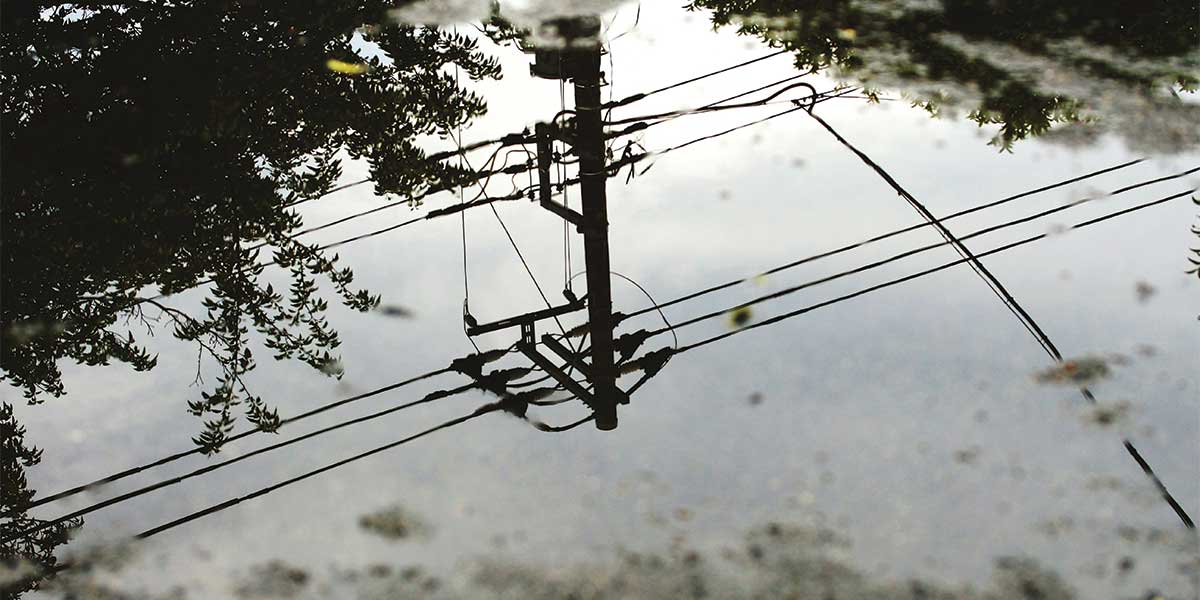Repairing your electrical system after a flood is not just about restoring function, it’s about safeguarding lives, property, and peace of mind. Floodwaters pose serious threats such as electric shock, fire hazards, mutilated wiring, and hidden corrosion. When water infiltrates your electrical system, every outlet, switch, junction box, and appliance deserves professional attention. At Expert Electric, your trusted Vancouver-area electrical contractor, we specialize in repairing your electrical system after a flood with precision and care.
Why Floodwaters Damage Electrical Systems
Floodwaters are highly conductive and corrosive. When water enters your walls or electrical panels:
- Live circuits become dangerous. Even residual moisture in wiring can cause short circuits or shock risks.
- Corrosion degrades conductors. Copper wiring, terminals, and metal housings can corrode quickly.
- Hidden damage impairs reliability. Electrical faults may not appear immediately but lurking moisture and corrosion can lead to malfunction or failure days later.
That’s why repairing your electrical system after a flood should never be DIY. You need licensed electricians who can de‑energize circuits, perform detailed inspections, and replace or repair every affected component.
For a step-by-step guide on how to handle safety after a flood, including electrical hazards, the Canadian Red Cross outlines 10 essential steps to take after a flood, including shutting off utilities and when to re-enter your home.
Step-by-Step Process for Repairing Your Electrical System After a Flood
1. Pre‑Assessment & Safety Shutdown
- Power off your main breaker or have your utility shut off power to the home.
- Avoid contact with water‑soaked outlets or appliances even if the power seems off.
- Wait until a licensed electrician confirms your property is safe to enter.
2. Flood Damage Inspection
- A certified electrician conducts a full inspection of your service panel, sub‐panels, wiring, junction boxes, outlets, switches, fixtures, and appliances.
- Moisture sensors, thermal imaging, and continuity tests may be used to determine hidden damage.
3. Moisture Removal & Dry‑Out
- Once safe, begin drying structures: open walls, ventilate, or deploy dehumidifiers.
- Remove drywall, insulation or wood that remains wet.
- Let electrical boxes and cavities dry completely before repairs or replacement.
4. Replacement of All Submerged Components
- Replace any outlets, switches, wiring, junction boxes, panel components, and fixtures that were submerged even briefly.
- Handling wiring behind drywall or above ceilings should be done by a professional to avoid shortcuts or improper connections.
Your electrician will advise whether certain components can be salvaged or if full replacement is required. To understand the dangers of using damaged equipment and how to prevent post-flood fires or shocks, refer to the ESFI’s Flood Electrical Safety Guide: High Water, High Stakes.
5. System Re‑wiring, Upgrades & Code Compliance
-
Repairing Your Electrical System After a Flood presents an opportunity to upgrade:
-
Install new GFCI outlets in kitchens, bathrooms, garages, and flood‑prone zones.
-
Upgrade the service panel or add dedicated circuits to support modern usage.
-
Relocate outlets or switches for improved accessibility.
-
6. Testing & Final Validation
- Perform grounding, continuity, and insulation resistance tests.
- Load test critical circuits and appliances.
- Ensure everything complies with the Canadian Electrical Code and local bylaws.
At Expert Electric, we follow strict safety protocols and inspection checklists to guarantee that repairing your electrical system after a flood is thorough and lasting.

FAQs
Q1: How long after a flood should I wait before repairing the electrical system?
A: Wait until water has fully evacuated and moisture sensors indicate dryness. This can take 48 hours to several days, depending on how much water was present and how well‑ventilated the area is.
Q2: Can I keep using some appliances if they weren’t submerged?
A: Do not risk it. Even if appliances look dry, internal components may have suffered moisture ingress. Always have them inspected by a qualified electrician before use.
Q3: Will my homeowner’s insurance cover flood‑related electrical damage?
A: Many standard policies exclude flood damage unless you have specific flood coverage. Consult your insurer and review your policy. Having coverage can significantly offset the cost of repairing your electrical system after a flood.
Q4: Can home‑built or DIY fixes after a flood be safe?
A: No. Improper repairs can lead to hidden faults, code violations, shocks, or fires. Only licensed electricians with experience in flood restoration should handle the job.
Q5: Can I take this opportunity to upgrade my electrical system?
A: Absolutely. After a flood, walls may already be opened, making it more cost‑effective to add circuits, move switches, install outlets, or upgrade panels. Combine restoration with improvements for added value.
Expanded Information & Best Practices
Understanding the Hidden Risks
- Water damage is more than what’s visible. Even water behind walls or in ceilings can leave behind moisture for weeks. This can erode insulation, cause arcing, or lead to shorts down the line.
- Mold can grow in electrical cavities, threatening both system integrity and indoor air quality. That’s why drying and remediation must be thorough.
Why You Need Licensed Professionals
- Only licensed electricians can legally restore service under Canadian codes.
- They carry liability insurance and stand behind their work.
- They know how to handle panels, meters, service disconnects, GFCIs, and high‑voltage components safely.
Timing Your Repairs
- Begin emergency services power shutdown and initial inspection as soon as floodwaters recede.
- Allow drying before repairs (often 2–4 days).
- Complete replacement and rewiring work promptly to avoid further mold or corrosion.
Insurance and Costs
- Document all damage with photos and notes.
- Keep receipts for restoration expenses (fan and dehumidifier rentals, electrician fees, replacement parts).
- Submit documentation to your insurer to support your claim.
Permits and Code
- Repair work often requires a permit especially service panel replacement or rewiring.
- Expert Electric takes care of liaising with local authorities and submitting permits on your behalf.
Final Thoughts
When it comes to repairing your electrical system after a flood, don’t compromise on safety or quality. Flood damage creates hidden dangers long after visible water is gone. Enlist the help of professionals who understand the complexities of moisture damage, corrosion, grounding, and code compliance.
Choosing Expert Electric means choosing safety, reliability, and peace of mind. We’ll:
- Safely de‑energize and assess your entire electrical system
- Dry out and document every affected location
- Replace submerged or compromised components
- Upgrade circuits, outlets, GFCIs, or panels where needed
- Test thoroughly and restore power only when safe and compliant
Let us handle the complex technical work so you can focus on getting life back to normal.
Contact Expert Electric
Have questions or need a flood restoration quote?
Expert Electric is ready to assist with Repairing Your Electrical System After a Flood, fast, safe, and professional.
- Call Us: 604‑681‑8338
- Email Us: info@expertelectric.ca
Reach out today for immediate assistance and reliable flood‑damage electrical restoration services in the Vancouver area.


